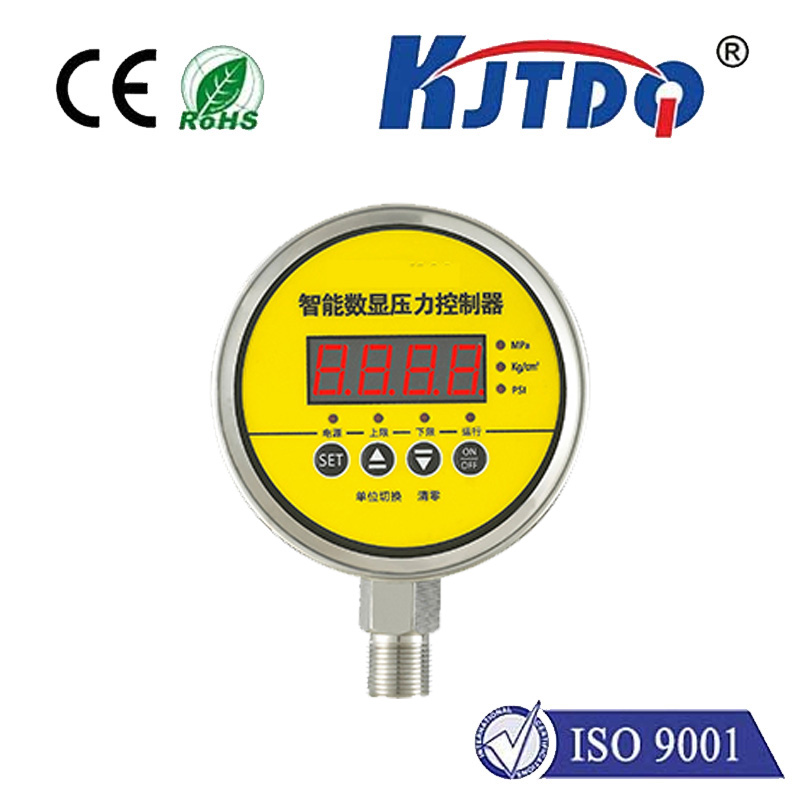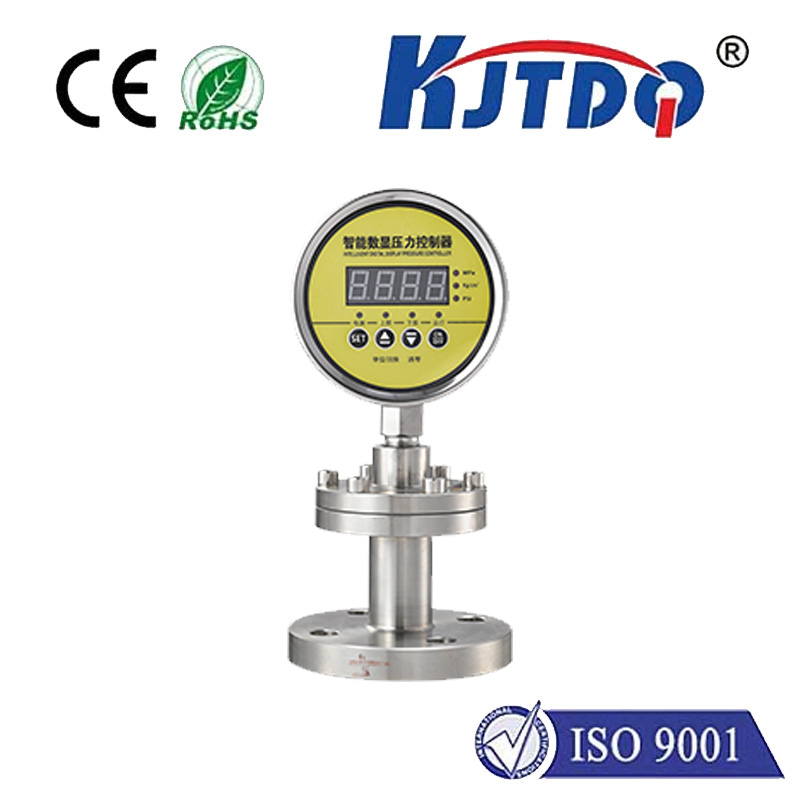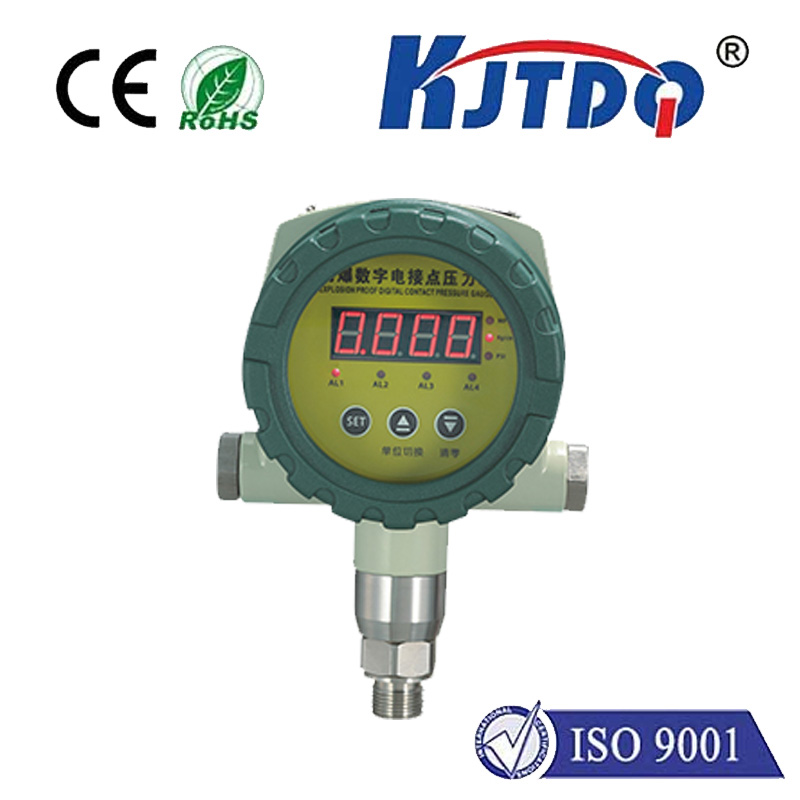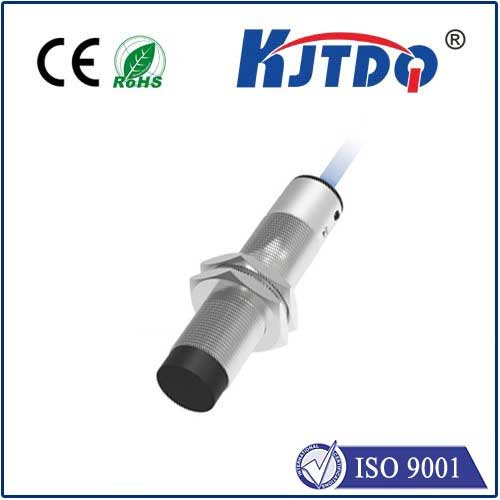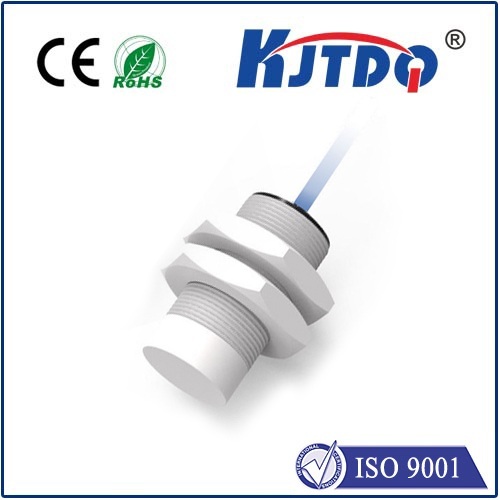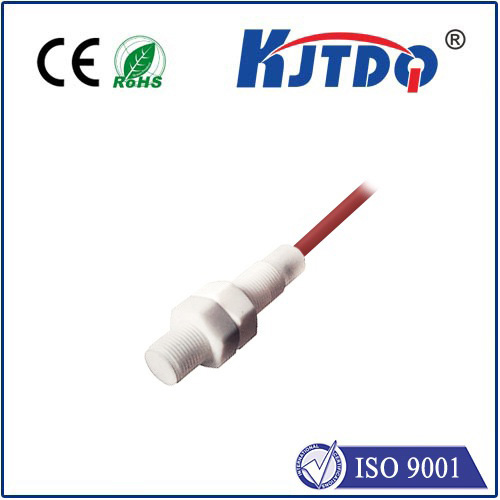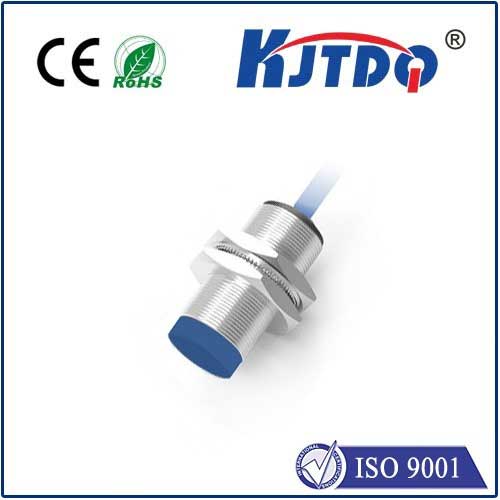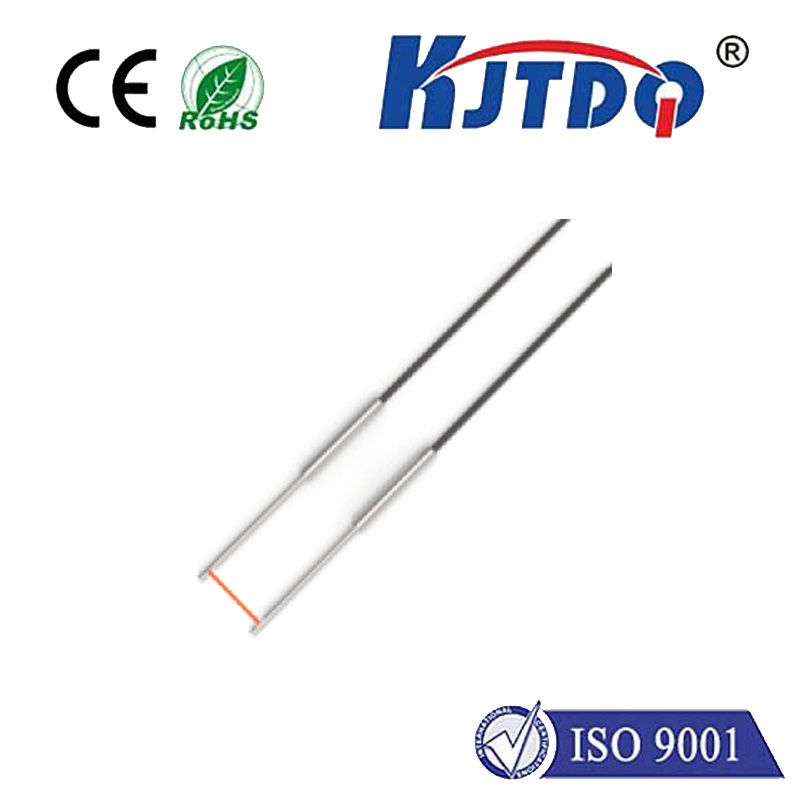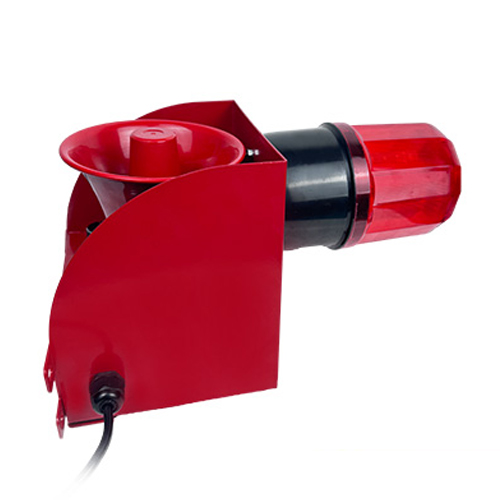

check

check

check

check

check

check

check

check

check

check
Understanding the Sensing Range of Capacitive Proximity Sensors
Capacitive proximity sensors are an essential component in many modern electronic devices, from smartphones to industrial machinery. They work by detecting changes in the capacitance or electrical charge within a certain range, and they can sense objects or materials without physical contact. This makes them highly versatile and valuable in a wide range of applications. However, understanding the sensing range of these sensors is crucial for their effective use and integration into systems.

The sensing range of a capacitive proximity sensor refers to the maximum distance it can reliably detect the presence of an object. This range is influenced by various factors, including the size of the sensor, the material being detected, and the environment in which the sensor is operating. Generally, larger sensors have a greater sensing range than smaller ones, and some materials are more conductive than others, which can affect detection capabilities.
In terms of applications, the sensing range of a capacitive proximity sensor will determine its suitability for different tasks. For example, a sensor with a short sensing range may be ideal for detecting small objects or for use in tight spaces, while one with a longer range could be better suited for monitoring larger areas or detecting objects at a distance. It's important to choose a sensor with a sensing range that fits the specific needs of your application.
Another key consideration when using capacitive proximity sensors is the potential for interference from other sources of electrical charge or capacitance. This interference can cause false readings or reduce the accuracy of the sensor's output. To minimize interference, designers should carefully consider the placement of the sensor and any nearby objects or devices that might affect its performance. Shielding techniques can also be employed to help block out unwanted signals and improve overall system reliability.
In addition to understanding the basic principles of capacitive proximity sensing and selecting the right sensor for your application, there are several strategies you can employ to optimize performance and ensure accurate detection. These include calibrating the sensor according to manufacturer guidelines, regularly cleaning and maintaining the sensor to prevent dirt buildup, and using appropriate filtering techniques to smooth out noise and fluctuations in the signal.
In conclusion, understanding the sensing range of capacitive proximity sensors is essential for their proper implementation and effective use in various applications. By considering factors such as sensor size, material properties, environmental conditions, and potential sources of interference, designers can select sensors that meet their specific requirements and implement strategies to maximize performance and reliability. With careful planning and attention to detail, capacitive proximity sensors can provide powerful sensing capabilities across a wide range of industries and technologies.
